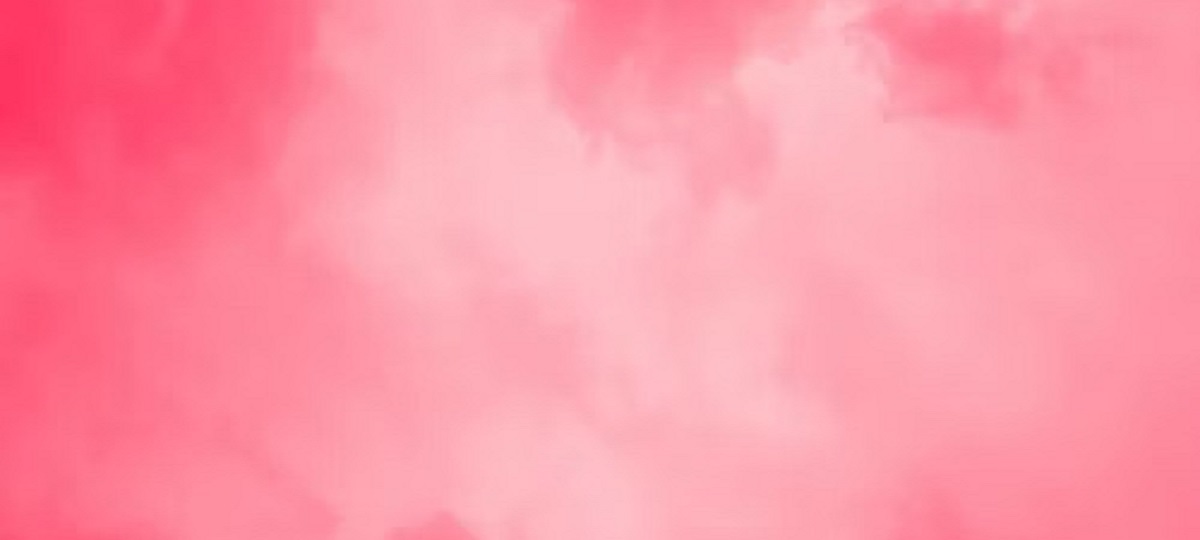Color blindness is a condition that affects millions of people worldwide, altering their perception of color and impacting various aspects of their daily lives. Among the different types of color blindness, deuteranopia is one of the most common forms, affecting a significant portion of the population. In this article, we delve into the intricacies of deuteranopia, exploring its causes, symptoms, and strategies for management.
What is Deuteranopia?
Deuteranopia, often referred to as red-green color blindness, is a type of color vision deficiency characterized by the inability to distinguish between shades of green and red. It belongs to the category of anomalous trichromacy, where one of the three cone pigments in the retina is either missing or malfunctioning. In the case of deuteranopia, the medium-wavelength cones, responsible for perceiving green light, are either absent or defective.
Causes of Deuteranopia
The causes of deuteranopia are as follows:
- Genetic Inheritance: Deuteranopia is primarily inherited from one or both parents who carry the faulty gene responsible for the deficiency.
- Abnormalities in Opsin Gene: The condition is linked to abnormalities in the opsin gene located on the X chromosome, which encodes the green cone pigment in the retina.
- Absence or Malfunction of Medium-Wavelength Cones: Genetic mutations result in either the absence or malfunctioning of the medium-wavelength cones, affecting the individual’s ability to perceive green light accurately.
- X-Linked Inheritance: Since males have only one X chromosome, inheriting a defective copy from their mother increases the likelihood of developing deuteranopia.
- Carriers Among Females: Females can also carry the gene responsible for deuteranopia and may exhibit milder symptoms or remain unaffected themselves.
Symptoms of Deuteranopia
Individuals with deuteranopia typically experience difficulties distinguishing between certain shades of green and red, leading to a limited color palette compared to those with normal color vision. Some common symptoms include:
- Difficulty Differentiating Red and Green: The most prominent symptom is the inability to distinguish between red and green hues, often perceiving them as shades of gray or other colors.
- Reduced Color Intensity: Colors may appear dull or muted to individuals with deuteranopia due to the lack of sensitivity to certain wavelengths of light.
- Challenges in Everyday Tasks: Deuteranopes may face challenges in tasks such as reading traffic lights, identifying ripe fruits, or matching clothing colors.
- Difficulty in Art and Design: Those with deuteranopia may struggle with tasks that require precise color discrimination, such as graphic design or selecting matching colors for interior decoration.
Diagnosis
Diagnosing deuteranopia involves conducting a series of color vision tests, such as the Ishihara color test or the Farnsworth-Munsell 100 hue test. These tests typically involve viewing patterns composed of colored dots and identifying numbers or shapes embedded within them. Individuals with deuteranopia may have difficulty identifying certain patterns or may see them differently from those with normal color vision.
Management and Coping Strategies
While there is currently no cure for deuteranopia, several strategies can help individuals manage the condition and adapt to their environment more effectively:
- Color-Coded Systems: Utilizing alternative methods for conveying information, such as using shapes or symbols in addition to colors, can enhance accessibility for individuals with color vision deficiencies.
- Assistive Technologies: Various digital tools and smartphone apps are available to assist individuals with color blindness in tasks such as identifying colors or differentiating between hues.
- Education and Awareness: Raising awareness about color blindness and its implications can foster understanding and empathy, leading to more inclusive environments in educational and professional settings.
- Optical Filters and Corrective Lenses: While not a cure, certain optical filters and specialized lenses can enhance color perception for some individuals with color vision deficiencies.
- Career Counseling: For professions that rely heavily on color discrimination, such as graphic design or electrical wiring, career counseling can help individuals explore alternative career paths or develop compensatory strategies.
Conclusion
Deuteranopia, like other forms of color blindness, presents unique challenges for those affected by it. However, with awareness, education, and the adoption of adaptive strategies, individuals with deuteranopia can lead fulfilling lives and excel in various domains. Continued research into the underlying mechanisms of color vision and the development of assistive technologies hold promise for further enhancing the quality of life for individuals with color vision deficiencies. By fostering inclusivity and understanding, we can create a more accessible world for everyone, regardless of their color vision capabilities.
